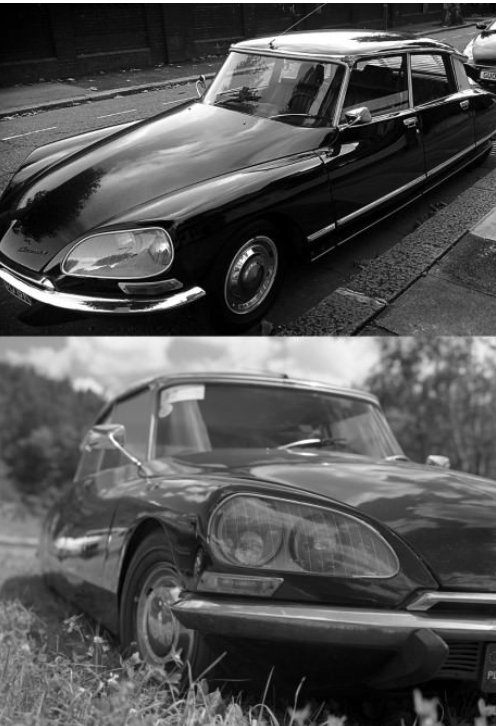 |
| From InfiniD's Website |
InfiniD is pleased to welcome Elk Ridge Middle School, Early Light Academy, and Edgemont Elementary into the growing community of schools using InfiniD Lab starship simulators. Elk Ridge Middle School is in the Jordan School District and located in South Jordan, Utah.
InfiniD Labs basically morph a school's computer lab into a futuristic starship simulator. Elk Ridge's simulator will be used to enhance the school's 7th grade curriculum.
Early Light Academy is also located in South Jordan. It is a public charter school with grades K - 9. This school's InfiniD Lab will be used to enhance the school's fourth grade curriculum. Zeddy Nelson, one of our illustratious Voyager Club members, is a 9th grader at Early Light and is helping Skyler Carr install the Lab. He's excited to have a simulator in his own school and plans on training to flight direct the missions.
Edgemont Elementary School is part of the Provo School District. This school's InfiniD Lab will be used as part of the entire school's curriculum for grades K through 6.
All three computer lab simulators will be up and running this Fall; bringing the total number of starship simulators in Utah, inspired by the experiential education method I pioneered thirty years ago, to seventeen.
The Christa McAuliffe Space Education Center: Four Simulators
Lakeview Academy: Three simulators
Canyon Grove Academy: Two Simulators
Renaissance Academy: One Simulator
Merit Academy: Two Simulators
InfiniD's Mobile Simulator Titan
iWorlds Mobile Simulator Valiant
Edgemont Elementary's InfiniD Lab
Elk Ridge School's InfiniD Lab
Early Light Academy's InfiniD Lab
This video introduces you to the InfiniD Lab
This video shows you an InfiniD Lab in action!
Visit InfiniD's website to learn how an InfiniD Lab can change education at your school.
50 Years Ago in Space: Gemini 11
by Mark Daymont
Spacerubble.blogspot.com
Just fifty years ago, astronauts Pete Conrad and Richard (Dick) Gordon lifted off from the LC-19 pad at Cape Kennedy, Florida. The flight took place just an hour and a half after the blast-off of an Atlas-Agena mission from LC-14.
Atlas rocket carrying an Agena docking spacecraft lifts off from pad LC-14.
Busy times at the Cape. While Gemini 11 lifts off LC-19, in the distance you can see SA-500F, a dummy Saturn V rocket used to test the launch facilities of Pad LC-39A before actual missions begin.
In a Gemini first, the manned capsule caught up to the Agena target vehicle 94 minutes after launch and docked without problems. The rapid flight to the docking vehicle was termed "direct ascent" rendezvous and docking, and is similar to the short 6-hour Soyuz flights used today for astronauts to reach the ISS in a minimal time. Once docked, the astronauts used the motor aboard the Agena to propel them into a higher record altitude of 850 miles, more than four times higher than the ISS orbits these days.
NASA publicity shot of Richard Gordon (L), and Pete Conrad (R).
The astronauts did not stay in the higher orbit. They docked and undocked a total of four times during the mission, and lowered their main orbital height to about 184 miles up. They then prepared for the main experiment of the mission, to simulate some artificial gravity using a spinning of the combined spaceships.
At a press conference, Pete Conrad uses models of the Gemini and Agena spacecraft to demonstrate how the tether between the vehicle would be used to keep the craft together while spinning around an axis point.
In the first mission EVA, Richard Gordon exited the Gemini capsule to attach a tether between the two vehicles. During the two hour plan for the spacewalk, he needed to move over to the Agena's docking collar and remove the 100-meter tether, then attach it to the prepared points on the Agena dock and the Gemini nose. Unfortunately, the activities of the EVA turned out to be much more fatiguing and problematic than the training had suggest it would be. The EVA had to be shortened, but Gordon successfully connected the tether.
Picture of Gordon preparing to exit the Gemini spacecraft.
Image of Gordon moving between the two spacecraft. Most of the footage of Gordon outside the craft, taken by Conrad, was of poor quality because of poor visibility in his window.
The slack in the tether is very apparent in this image taken by Gordon.
The tether experiment did not go as planned. They were never able to get the taught tether stability needed to fully generate a proper rotation, but the spinning they were able to achieve gave them a measurable amount of centrifugal force. Later, in a second EVA, Gordon was able to perform a non-tiring series of experiments and photography sessions.
High-quality image of Australia from Gemini 11.
Moonrise over the curvature of the Earth.
Three days after launch, the mission ended in a great example of the advances America was making with computer technology. In the first fully-computerized automatic re-entry, the Gemini 11 spacecraft precisely landed only 2.8 miles from its planned position, close by the recovery ship USS Guam.
USS Guam alongside the spacecraft and recovery frogmen.
Gordon and Conrad on the deck of USS Guam.
An interesting photo I found comparing the size difference between the two-man Gemini spacecraft and the original one-astronaut Mercury space capsule. Keep in mind that the white-colored service module section behind the Gemini astronauts did not return to Earth with the capsule but were destroyed after separation and re-entry


























































































































































